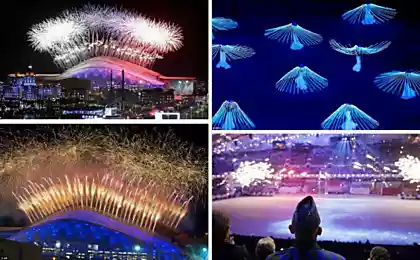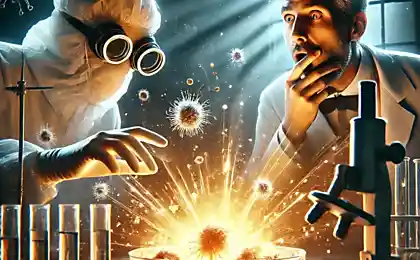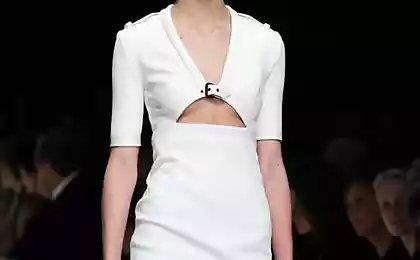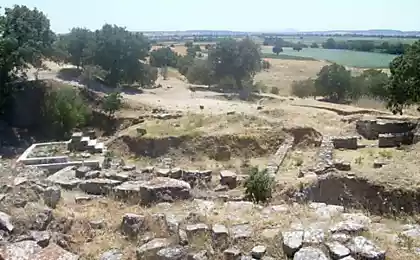1733
The most iconic archaeological discoveries
In the world there is always a lot of historical mysteries. Fortunately the answers to many questions were practically under our noses, just below your feet. Archaeology has revealed to us the path of knowledge of our origins with the help of found artifacts, documents, and more. So far, archaeologists dig tirelessly ever new impressions of the past, reveals to us the truth.
Some archaeological discoveries just shocked the world. For example, the Rosetta stone by which scientists were able to translate many ancient texts. Discovered Dead Sea Scrolls were extremely important for the world of religion, allowing the text to confirm the Jewish canon. By the same significant findings include the tomb of King Tut and the discovery of Troy. Finding traces of Roman Pompeii opened to historians access to the knowledge of the ancient civilization.
Even today, when, apparently, almost all science looks forward, archaeologists still find ancient artifacts that can change our view of the past of the planet. Here are a dozen of the most affected the world history of discoveries.
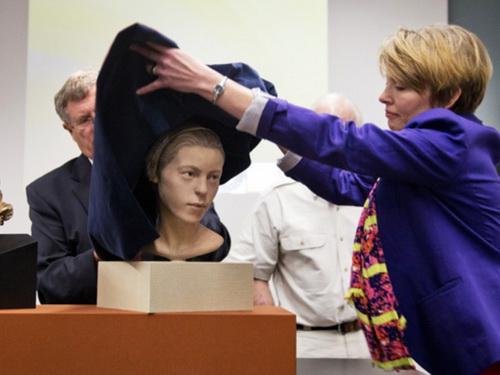
10. Barrow Hisarlyk (1800s)
Hisarlyk is in Turkey. In fact, the discovery of this hill is the evidence of the existence of Troy. For centuries, the Iliad of Homer was nothing more than a myth. In 50-70-ies of the XIX century trial excavations were unsuccessful and it was decided to continue the investigation. Since it was found evidence of the existence of Troy. Excavations continued in the twentieth century with a new team of archaeologists.
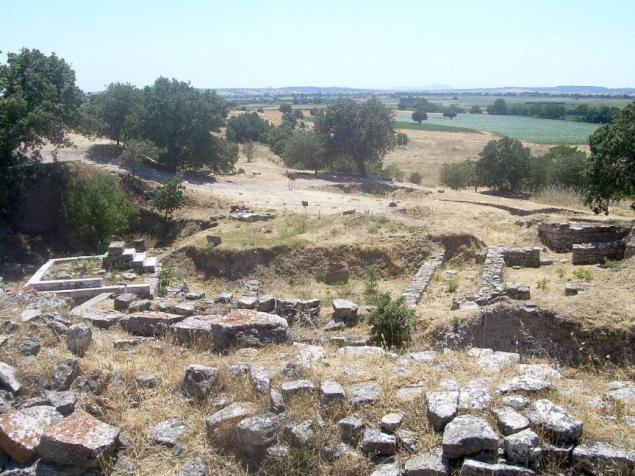
9. Megalosaurus (1824)
Megalosaurus was the first dinosaur investigated. Of course, fossil dinosaur skeletons found before, but then science could not explain what it was for being. Some believe that it was the beginning of the study Megalosaurus many science fiction stories about dragons. However, not only was it the result of such findings, there was a boom in the popularity of archeology and committed human dinosaurs, everyone wanted to find their remains. Found skeletons began to classify and display in museums for public viewing.
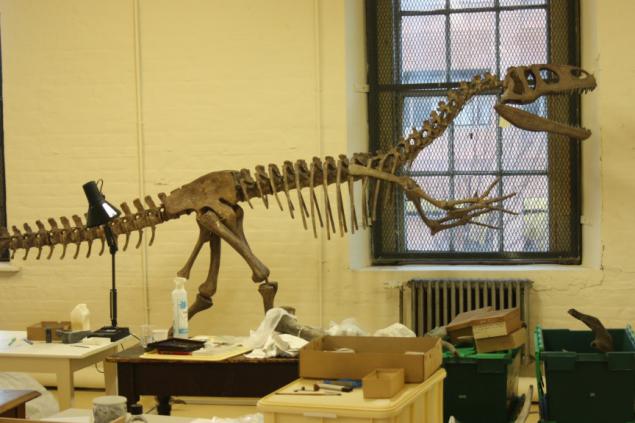
8. Treasure of Sutton Hoo (1939)
Sutton Hoo is the most precious treasure of Britain. Sutton Hoo - a burial chamber of the King, who lived in the VII century. With him were buried various treasures, lyre, wine cups, swords, helmets, masks and more. Burial chamber 19 surrounded by hills, which are also the graves excavated at Sutton Hoo continues to this day.

7. Dmanisi (2005)
Ancient people and creatures evolved into the modern homosapiens, already investigated a number of years. It would seem that now is left blank spots in the history of our evolution, but the age of the skull in 1, 8 million years old, found in the Georgian town of Dmanisi, forced archaeologists and historians to ponder. It represents the remains of the form homoerektus migrated out of Africa, and supports the hypothesis that this species stands alone in the evolutionary chain.
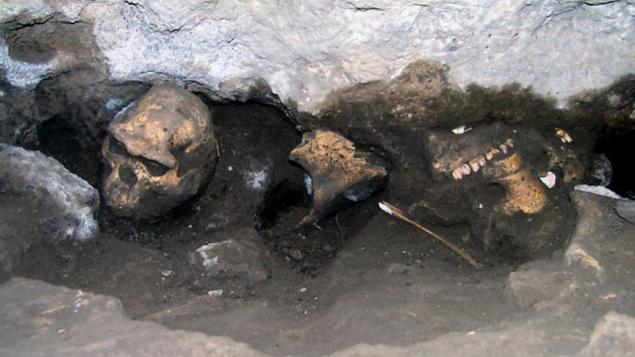
6. Gobekli Tepe (2008)
Long time Stonehenge was considered to be the oldest religious buildings in the world. In the 60-ies of XX century the hill in south-eastern Turkey was named a potentially older than Stonehenge, but very soon he was recognized as a medieval cemetery. However, in 2008, Klaus Schmidt discovered a stone age in 11,000 years, which clearly were treated prehistoric man, still do not have any clay or metal fixtures for this.
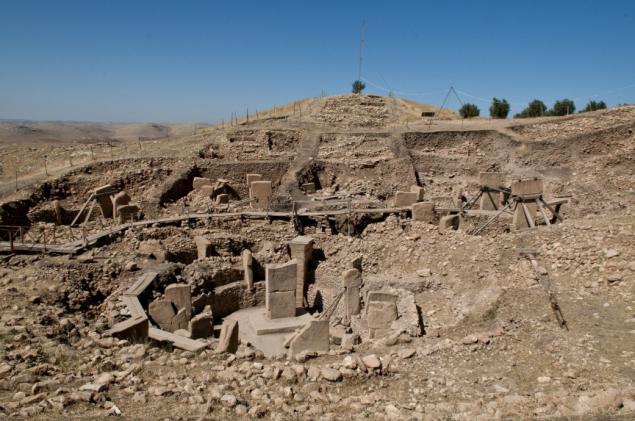
5. Headless Vikings Dorset (2009)
In 2009, road workers accidentally stumbled upon human remains. It turned out that they have unearthed a mass grave in which were buried more than 50 people with severed heads. Historians immediately looked in the book and realized that once there was the mass murder of the Vikings, it happened somewhere between 960 and 1016 years. Skeletons belong to young people twenty years of history shows that they tried to attack the Anglo-Saxons, but those very vigorously resisted, which led to the massacre. It is said that the Vikings stripped and tortured before decapitating and thrown into a pit. This finding sheds some light on the historical battle.
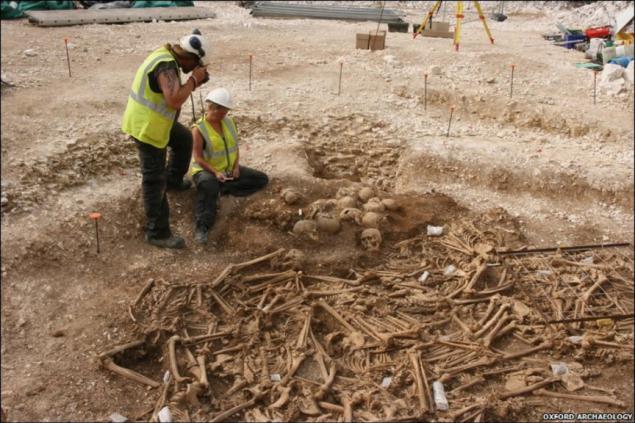
4. The human fossil (2011)
Finds of fossilized human remains far not news, but it does not make them any less terrible and, at the same time attractive. These perfectly mummified body can tell much about the past. Recently in Ireland was found petrified body, his age about four thousand years, scientists have suggested that this man died a very cruel death. All bones kinked and his posture is very strange. This is the oldest human fossil ever found by archaeologists.
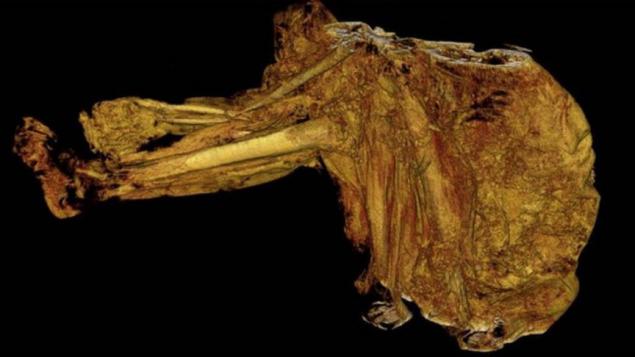
3. Richard III (2013)
In August 2012 the University of Leicester in conjunction with the Council of the city and the Community of Richard III organized excavations led to the discovery of the remains of the lost one of the most famous English monarchs. The remains were found under the modern parking. University of Leicester announced it will initiate a full investigation of the DNA of Richard III, so English monarch may be the first historical person whose DNA will be investigated.
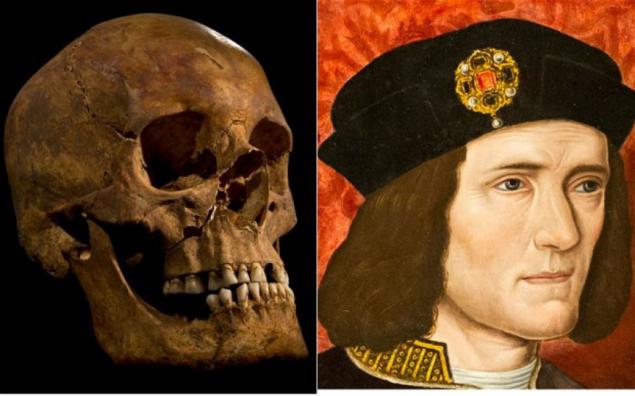
2. Jamestown (2013)
Scientists have always talked about cannibalism in ancient settlements of Jamestown, neither historians nor archaeologists have never had to direct. Of course, history tells us that in ancient times, people in search of the riches of the New World and are often found creepy and violent end, especially in the cold winter. Last year, William Kelso and his team found the skull punched a 14-year-old girl in the pit with the remains of horses and other animals, which the settlers ate in times of famine. Kelso is convinced that the girl was killed to satisfy hunger, and pierced the skull to get to the soft tissues and the brain.

Stonehenge 1 (2013-2014)
Long centuries Stonehenge remained for historians and archaeologists something mystical. Location of stones can not determine what exactly they were used and how were apart that way. Stonehenge remains a mystery over which fought many. Recently archaeologist David Dzhekis organized excavations that led to the discovery of the remains of bison (in ancient times they ate, and used in agriculture). On the basis of these excavations, scientists were able to conclude that in the 8820-s BC Stonehenge was inhabited and was not conceived as a separate object location. Thus, the pre-existing assumptions will be subject to revision.
Internet
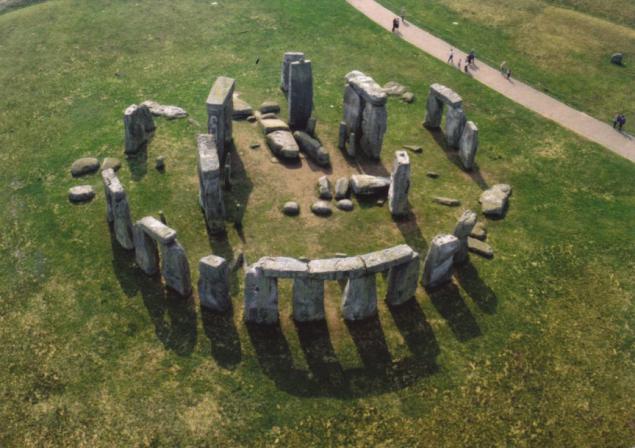
Some archaeological discoveries just shocked the world. For example, the Rosetta stone by which scientists were able to translate many ancient texts. Discovered Dead Sea Scrolls were extremely important for the world of religion, allowing the text to confirm the Jewish canon. By the same significant findings include the tomb of King Tut and the discovery of Troy. Finding traces of Roman Pompeii opened to historians access to the knowledge of the ancient civilization.
Even today, when, apparently, almost all science looks forward, archaeologists still find ancient artifacts that can change our view of the past of the planet. Here are a dozen of the most affected the world history of discoveries.

10. Barrow Hisarlyk (1800s)
Hisarlyk is in Turkey. In fact, the discovery of this hill is the evidence of the existence of Troy. For centuries, the Iliad of Homer was nothing more than a myth. In 50-70-ies of the XIX century trial excavations were unsuccessful and it was decided to continue the investigation. Since it was found evidence of the existence of Troy. Excavations continued in the twentieth century with a new team of archaeologists.

9. Megalosaurus (1824)
Megalosaurus was the first dinosaur investigated. Of course, fossil dinosaur skeletons found before, but then science could not explain what it was for being. Some believe that it was the beginning of the study Megalosaurus many science fiction stories about dragons. However, not only was it the result of such findings, there was a boom in the popularity of archeology and committed human dinosaurs, everyone wanted to find their remains. Found skeletons began to classify and display in museums for public viewing.

8. Treasure of Sutton Hoo (1939)
Sutton Hoo is the most precious treasure of Britain. Sutton Hoo - a burial chamber of the King, who lived in the VII century. With him were buried various treasures, lyre, wine cups, swords, helmets, masks and more. Burial chamber 19 surrounded by hills, which are also the graves excavated at Sutton Hoo continues to this day.

7. Dmanisi (2005)
Ancient people and creatures evolved into the modern homosapiens, already investigated a number of years. It would seem that now is left blank spots in the history of our evolution, but the age of the skull in 1, 8 million years old, found in the Georgian town of Dmanisi, forced archaeologists and historians to ponder. It represents the remains of the form homoerektus migrated out of Africa, and supports the hypothesis that this species stands alone in the evolutionary chain.

6. Gobekli Tepe (2008)
Long time Stonehenge was considered to be the oldest religious buildings in the world. In the 60-ies of XX century the hill in south-eastern Turkey was named a potentially older than Stonehenge, but very soon he was recognized as a medieval cemetery. However, in 2008, Klaus Schmidt discovered a stone age in 11,000 years, which clearly were treated prehistoric man, still do not have any clay or metal fixtures for this.

5. Headless Vikings Dorset (2009)
In 2009, road workers accidentally stumbled upon human remains. It turned out that they have unearthed a mass grave in which were buried more than 50 people with severed heads. Historians immediately looked in the book and realized that once there was the mass murder of the Vikings, it happened somewhere between 960 and 1016 years. Skeletons belong to young people twenty years of history shows that they tried to attack the Anglo-Saxons, but those very vigorously resisted, which led to the massacre. It is said that the Vikings stripped and tortured before decapitating and thrown into a pit. This finding sheds some light on the historical battle.

4. The human fossil (2011)
Finds of fossilized human remains far not news, but it does not make them any less terrible and, at the same time attractive. These perfectly mummified body can tell much about the past. Recently in Ireland was found petrified body, his age about four thousand years, scientists have suggested that this man died a very cruel death. All bones kinked and his posture is very strange. This is the oldest human fossil ever found by archaeologists.

3. Richard III (2013)
In August 2012 the University of Leicester in conjunction with the Council of the city and the Community of Richard III organized excavations led to the discovery of the remains of the lost one of the most famous English monarchs. The remains were found under the modern parking. University of Leicester announced it will initiate a full investigation of the DNA of Richard III, so English monarch may be the first historical person whose DNA will be investigated.

2. Jamestown (2013)
Scientists have always talked about cannibalism in ancient settlements of Jamestown, neither historians nor archaeologists have never had to direct. Of course, history tells us that in ancient times, people in search of the riches of the New World and are often found creepy and violent end, especially in the cold winter. Last year, William Kelso and his team found the skull punched a 14-year-old girl in the pit with the remains of horses and other animals, which the settlers ate in times of famine. Kelso is convinced that the girl was killed to satisfy hunger, and pierced the skull to get to the soft tissues and the brain.

Stonehenge 1 (2013-2014)
Long centuries Stonehenge remained for historians and archaeologists something mystical. Location of stones can not determine what exactly they were used and how were apart that way. Stonehenge remains a mystery over which fought many. Recently archaeologist David Dzhekis organized excavations that led to the discovery of the remains of bison (in ancient times they ate, and used in agriculture). On the basis of these excavations, scientists were able to conclude that in the 8820-s BC Stonehenge was inhabited and was not conceived as a separate object location. Thus, the pre-existing assumptions will be subject to revision.
Internet











